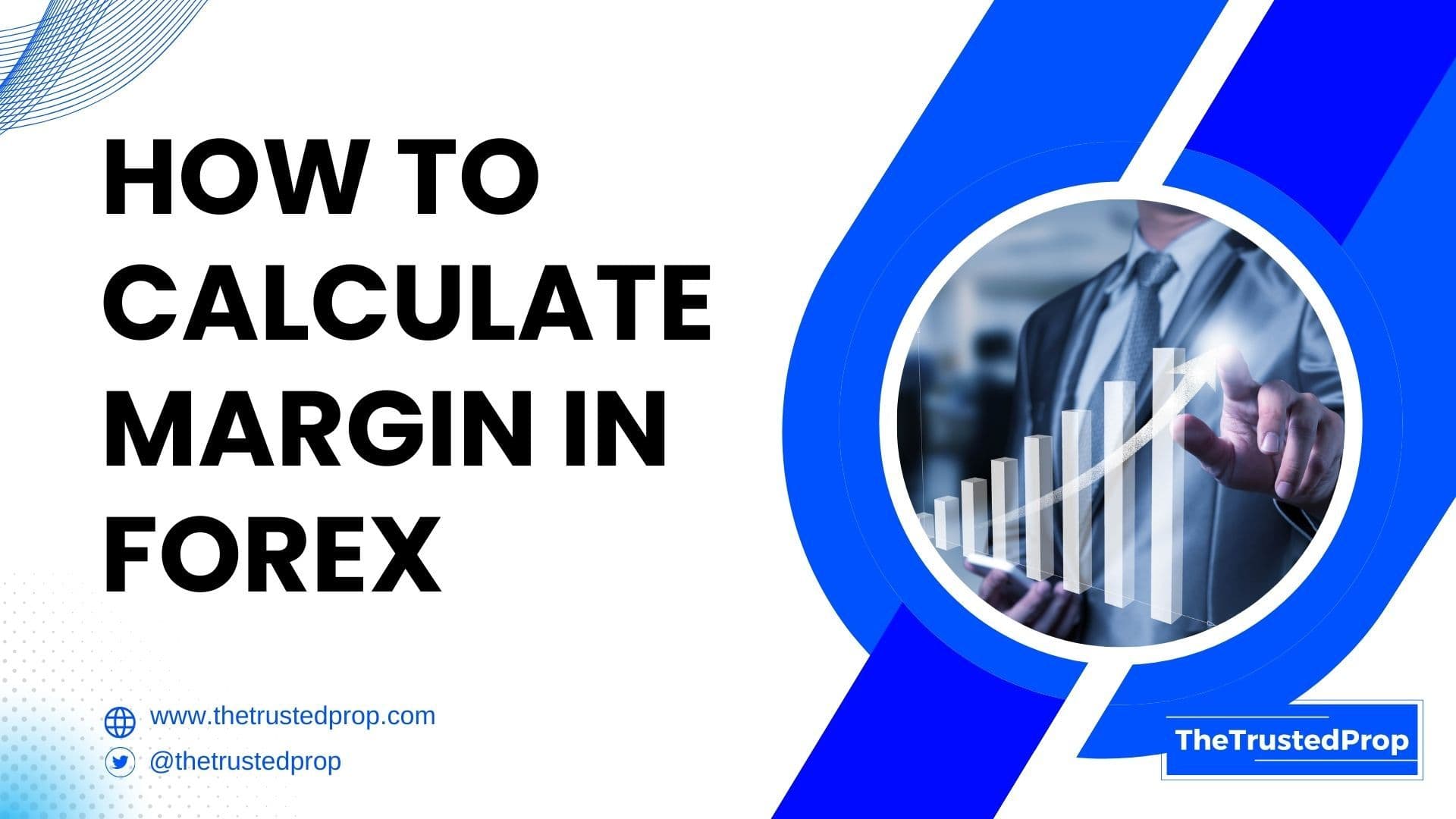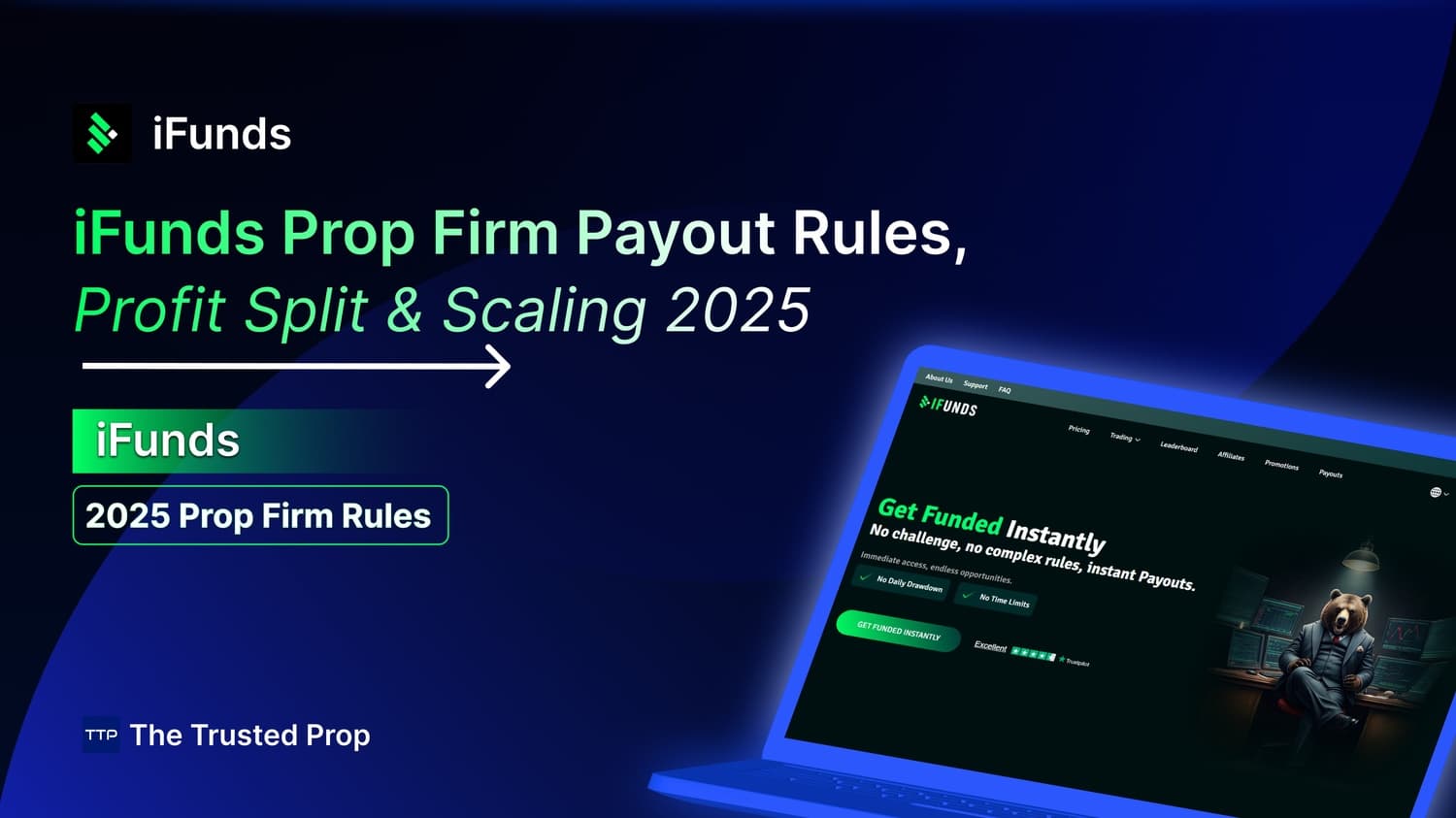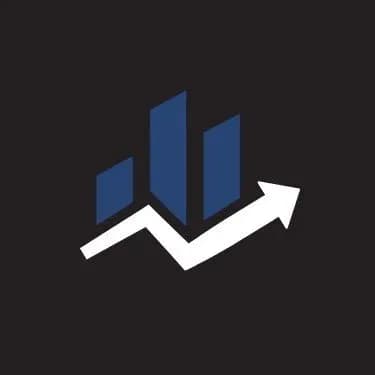How to Calculate Margin in Forex

How to Calculate Margin in Forex
8/11/2024
Understanding how to calculate margin in Forex is fundamental to successful trading. But before diving into the calculations, it's crucial to grasp what margin really is and why it's so important in the world of Forex trading.
What is Margin in Forex?
Margin as a Security Deposit
Margin is often misunderstood as a fee or a cost, but in reality, it's more of a security deposit. This deposit allows traders to open positions that are much larger than their actual capital would normally allow.
The Concept of Margin Trading
When you trade on margin, you’re essentially borrowing money from your broker to control a larger position. This borrowing is what enables you to trade big with a relatively small amount of money.
Leverage vs. Margin: Understanding the Difference
Definition of Leverage
Leverage is the tool that allows you to control large positions with a small amount of capital. It’s typically expressed as a ratio, such as 100:1, meaning for every $1 of your own money, you can control $100 in trade.
Definition of Margin
Margin, on the other hand, is the actual amount of money required to open that leveraged position. It acts as a security deposit to cover potential losses.
How They Work Together
Leverage allows you to control a larger trade, while margin is the amount you need to set aside to open that trade. Together, they form the backbone of margin trading.
How Does Margin in Forex Work?
The Mechanics of Margin Trading
When you trade on margin, you're borrowing from your broker to increase your buying power. This means you can open positions much larger than what your account balance would normally allow.
Example of Margin Trading in Action
Let’s say you want to trade the GBP/USD pair at a price of 1.3000. Without margin, you’d need $130,000 to trade one standard lot (100,000 units). But with a 1% margin requirement, you only need $1,300 to control that same position.
What is a Margin Requirement?
Defining Margin Requirement
A margin requirement is the percentage of the total trade value that you must deposit to open a position. It’s a safety net for your broker, ensuring you have enough capital to cover potential losses.
How Brokers Set Margin Requirements
Brokers set margin requirements based on several factors, including market conditions and the level of risk involved in the trade. These requirements can vary from broker to broker.
How to Calculate Margin in Forex
The Formula for Calculating Margin
The basic formula for calculating margin is:
Margin = Total Position Size x Margin Requirement
Step-by-Step Example of a Margin Calculation
If you’re trading $100,000 with a 2% margin requirement, the margin would be:
Margin = $100,000 x 0.02 = $2,000
This $2,000 is the amount you must have in your account to open the position.
Types of Margin in Forex
Free Margin
Definition and Importance
Free margin refers to the amount of money in your account that is available for opening new positions. It’s the difference between your equity and the margin used for open positions.
How to Calculate Free Margin
To calculate free margin, subtract the margin used for your open positions from your total equity.
Initial Margin
What is Initial Margin?
Initial margin is the minimum amount of money you need to open a new trading position. It’s like a down payment on a house, ensuring you have some skin in the game.
Example Calculation
If you want to trade the USD/CAD pair at a 1% initial margin, and the pair is priced at 1.2500, you’d need $1,250 to open a position on one standard lot (100,000 units).
Maintenance Margin
Understanding Maintenance Margin
Maintenance margin is the minimum amount you must keep in your account to keep a position open. If your balance falls below this level, you’ll receive a margin call.
Margin Call: What Happens When You Don’t Meet Maintenance Margin?
A margin call is a warning from your broker that you need to add more funds to your account or close some positions to meet the maintenance margin. Failure to do so can result in your positions being automatically closed.
Why are Margin Calculations Important?
Risk Management
Understanding margin calculations helps you manage risk by ensuring you don’t overextend your capital.
Determining Trade Size
By calculating margin, you can determine the maximum position size you can take based on your available capital.
Avoiding Margin Calls
Regularly monitoring your margin helps you avoid margin calls and ensures you always have enough capital to cover potential losses.
What is a Margin Call in Forex?
Definition of Margin Call
A margin call occurs when your account balance falls below the required maintenance margin. It’s your broker’s way of saying you need to deposit more money or close some positions.
How to Avoid a Margin Call
The best way to avoid a margin call is to regularly monitor your margin levels and ensure you’re not over-leveraging your account.
What Does 1:100 Leverage Mean in Forex?
Explanation of Leverage Ratios
A 1:100 leverage ratio means that for every $1 of your own money, you can control $100 in trade. This significantly amplifies your buying power.
Practical Example with 1:100 Leverage
If you have $100 in your account with 1:100 leverage, you can control a position worth $10,000. This could be used to open multiple trades or a single large trade, depending on your strategy.
How Much Margin Do I Have in My Account?
Calculating Available Margin
Available margin is calculated by subtracting the used margin from your total equity. This tells you how much capital you have left to open new positions.
Factors That Affect Your Margin
Factors such as leverage, open positions, and market volatility can all impact your available margin.
The Risks of Trading on Margin
Potential for Amplified Losses
While trading on margin can amplify your profits, it can also amplify your losses. This is why it’s crucial to use margin wisely.
The Danger of Over-Leverage
Over-leveraging your account can quickly lead to a margin call or even a complete account wipeout if the market moves against you.
Best Practices for Managing Margin in Forex
Setting Appropriate Leverage
Choosing the right leverage ratio is key to managing risk. Higher leverage isn’t always better, as it increases your risk exposure.
Monitoring Your Margin Regularly
Regularly checking your margin levels ensures you’re not overextending your account and helps you avoid margin calls.
Using Stop-Loss Orders
Stop-loss orders are a crucial tool for managing risk, especially when trading on margin. They automatically close a position if the market moves against you by a certain amount.
Common Mistakes Traders Make with Margin
Over-Leveraging
One of the most common mistakes traders make is using too much leverage, which can quickly lead to significant losses.
Ignoring Margin Calls
Ignoring a margin call can result in your positions being automatically closed, often at a loss.
Misunderstanding Margin Requirements
Many traders fail to fully understand their broker’s margin requirements, leading to unexpected margin calls and losses.
Conclusion
Understanding how to calculate and manage margin is essential for anyone looking to succeed in Forex trading. By using the right tools and practices, you can effectively manage your risk, maximize your trading potential, and avoid the pitfalls that many traders fall into.
You may also like
FundedElite Challenge Accounts: Our Honest 2025 Review
.jpeg&w=1920&q=75)
How to Get Started with FTMO: Full Guide for Indian Traders in 2025

My Forex Funds Relaunch 2026: Is It Coming Back Officially?

iFunds Prop Firm Payout Rules, Profit Split & Scaling 2025

How to Pass the FTMO Challenge FAST: Full Guide for Indian Traders

FORFX Payouts, Profit Split & Withdrawal Rules (2025 Guide)

Top Prop Firm Trading Competitions of 2026: Win Free Accounts

No FAQs are available for this topic yet.

.jpeg&w=3840&q=75)

























